In vitro fertilization (IVF) was a mysterious, highly misunderstood procedure among the public in the past. Many people even associated IVF with “test-tube babies”! Things changed quite much in recent years and the number of people who choose this procedure has been increasing dramatically in all countries around the globe.
In vitro fertilization (IVF) is an assisted reproductive technology that aims at increasing the odds of conception and pregnancy by retrieving eggs from a woman’s ovaries and fertilizing them with sperm in a laboratory. Doctors bring thousands of sperms, place them next to the egg, and wait for fertilization to happen.
IVF is a great solution for female infertility and unexplained infertility. Interestingly, the first baby to be conceived by IVF technology was born in England and called “Louise Brown” in 1978.

In vitro fertilization (IVF) gained increasing popularity due to its benefits for infertile couples who desperately want to conceive a child. In short, the benefits of this procedure include:

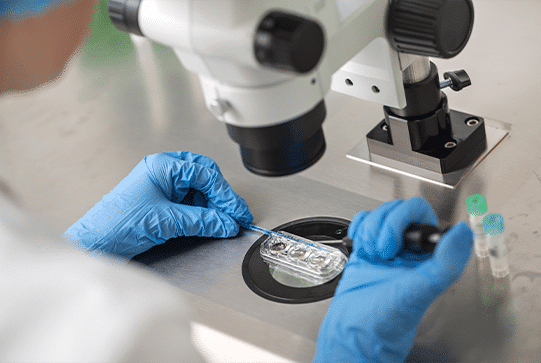
IVF procedure goes through 5 main steps, including:
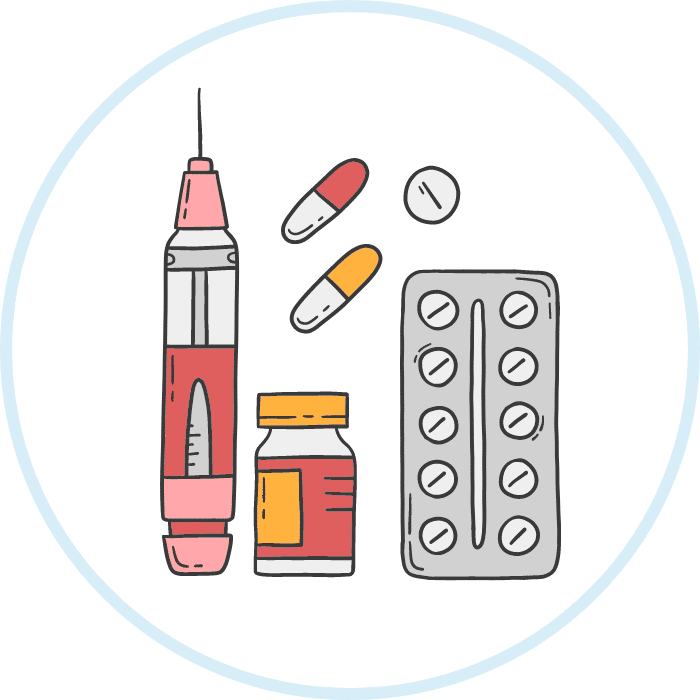
To increase the number of eggs your body produces, your doctor will give you fertility drugs that can stimulate egg production.
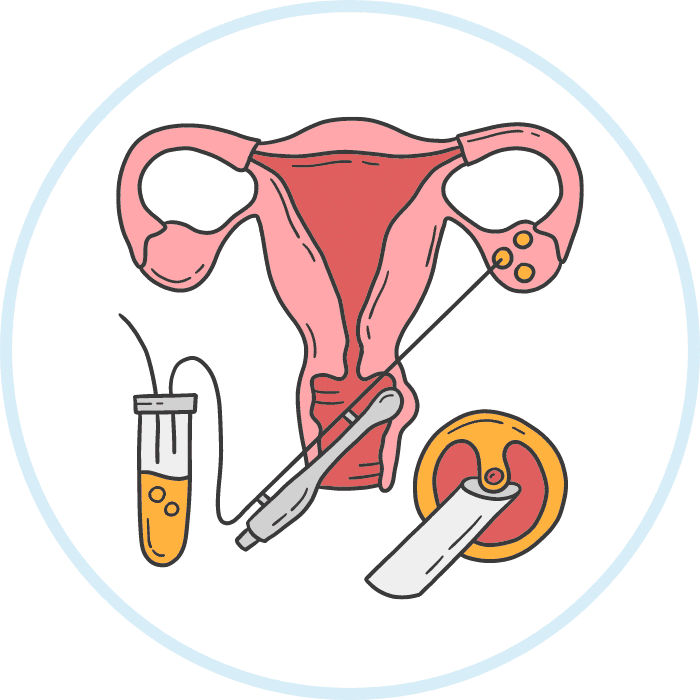
Your doctor will use a needle to suction eggs through your ovary and vagina. They usually use an ultrasound wand to guide the needle.

Your doctor will request a semen sample from your male partner. Once your partner provided the sample, the lab technician will mix the sperm with the egg in a perti dish.
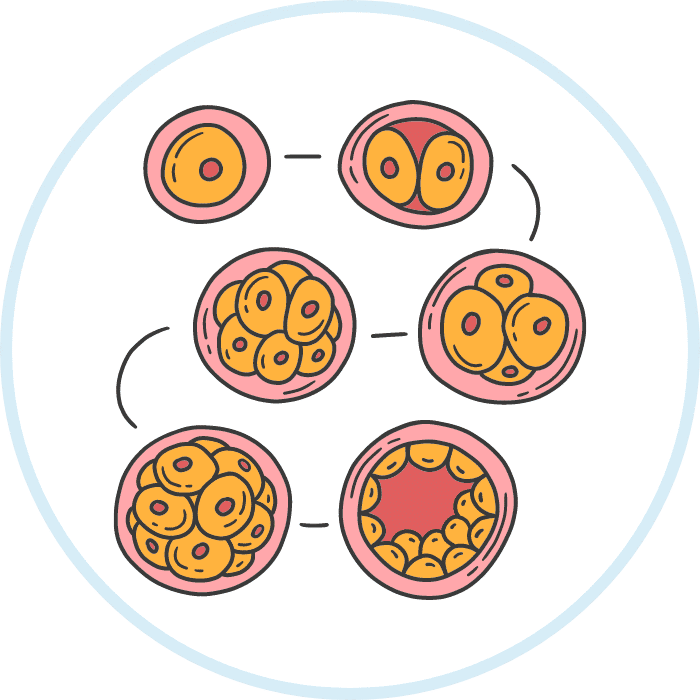
At this point, the eggs should start dividing and developing. Your doctor will monitor this process and request genetic testing during this period.
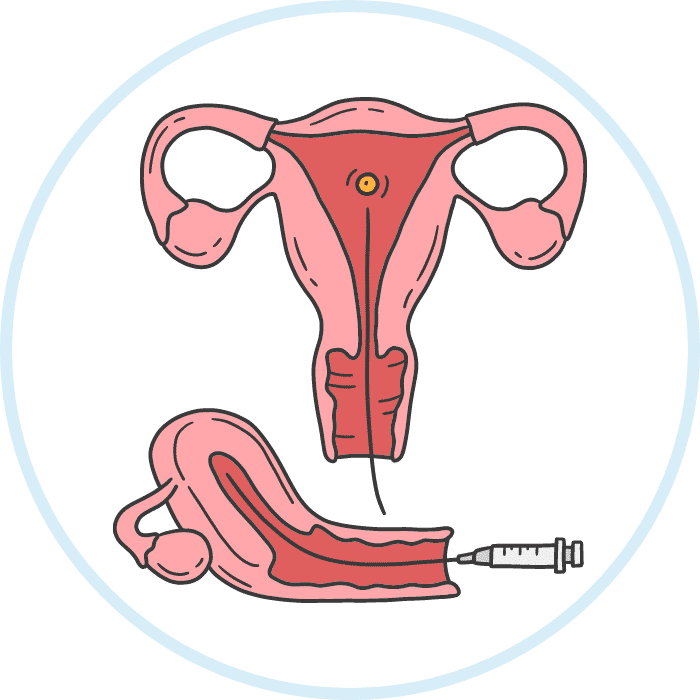
Once the eggs turned into big, mature embryos, the doctor can start implanting them into your uterus by using a catheter.
In vitro fertilization (IVF) is a safe procedure and rarely can cause any complications, However, some cases could face the following issues:
Both in vitro fertilization (IVF) & intracytoplasmic sperm injection (ICSI) are assisted reproductive technologies that can help couples achieve their dream of having a child. Intracytoplasmic sperm injection (ICSI) is a type of in vitro fertilization (IVF) but has special indications and goals. The table below summarizes the most important differences between the two technologies:
| In Vitro Fertilization (IVF) | Intracytoplasmic Sperm Injection (ICSI) | |
|---|---|---|
| Indications | Used for female infertility and unexplained infertility. | Used for male infertility |
| Procedure | Brings thousands of sperm and allows one of them to naturally penetrate the egg. | Injects a single sperm into a single egg. |
| Success Rate | Depends on women’s age but can reach 46.7-50% for women younger than 35 years. | Has an equal or a bit higher success rate than regular IVF. |
International Clinics helps international patients access affordable, high-quality medical and aesthetic procedures in Turkey.
Our team of consultants is here to answer your questions and provide guidance throughout your treatment journey.
Our partner hospitals and clinics have successfully performed thousands of procedures for patients from Europe, Asia, North America, and the Middle East.
Use the contact forms on our website to request a free consultation with our team. We’re ready to help you get the care you need.

There is no specific limit, but doing this procedure several times can decrease the chances of pregnancy. In some cases, however, several attempts become necessary to reach successful pregnancy. Indeed, some couples need 8 or 10 attempts to reach this goal.
The wife’s age is the most influential factor. The odds of success increase remarkably for women under the age of 35. Also, women between the ages of 35 and 38 can have a good chance with IVF, but the success rate decreases for women between the age of 38 and 40. Little hope remains for women between 40 and 42 years, but the probability of success is almost zero for those over the age of 42.
The possibility of miscarriage increases slightly for a couple who do IVF, but this is not related to the IVF procedure itself, but rather to the wife’s ability to become pregnant in the first place.
– Some embryos remain in good condition after IVF.
– These embryos are frozen and preserved, allowing the couple to benefit from them in the future.
– After being taken out of the freezers, 70% to 80% of them remain alive and in good condition.
When used, the probability of pregnancy ranges between 50% and 80%.
There are no studies related to this matter, but some research indicated that a large number of successful cases occurred after following a diet that contains a lot of vegetables, fish, and healthy oils.
